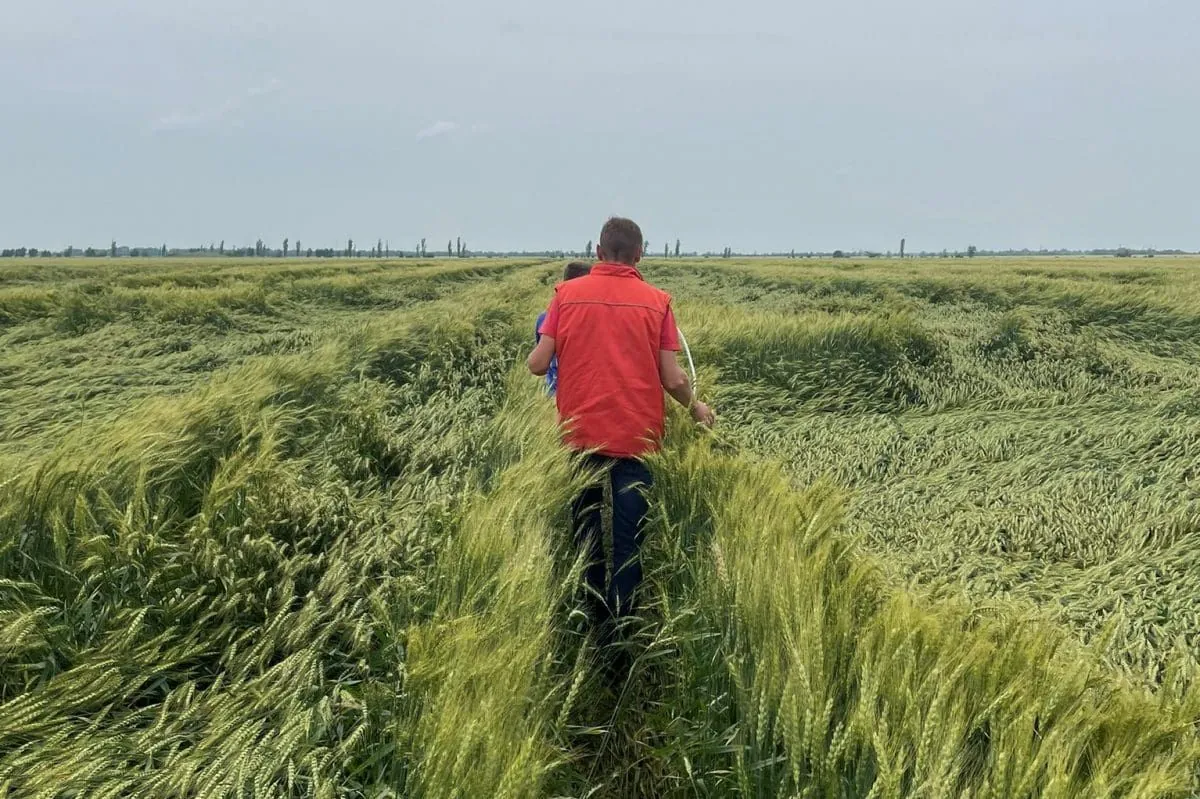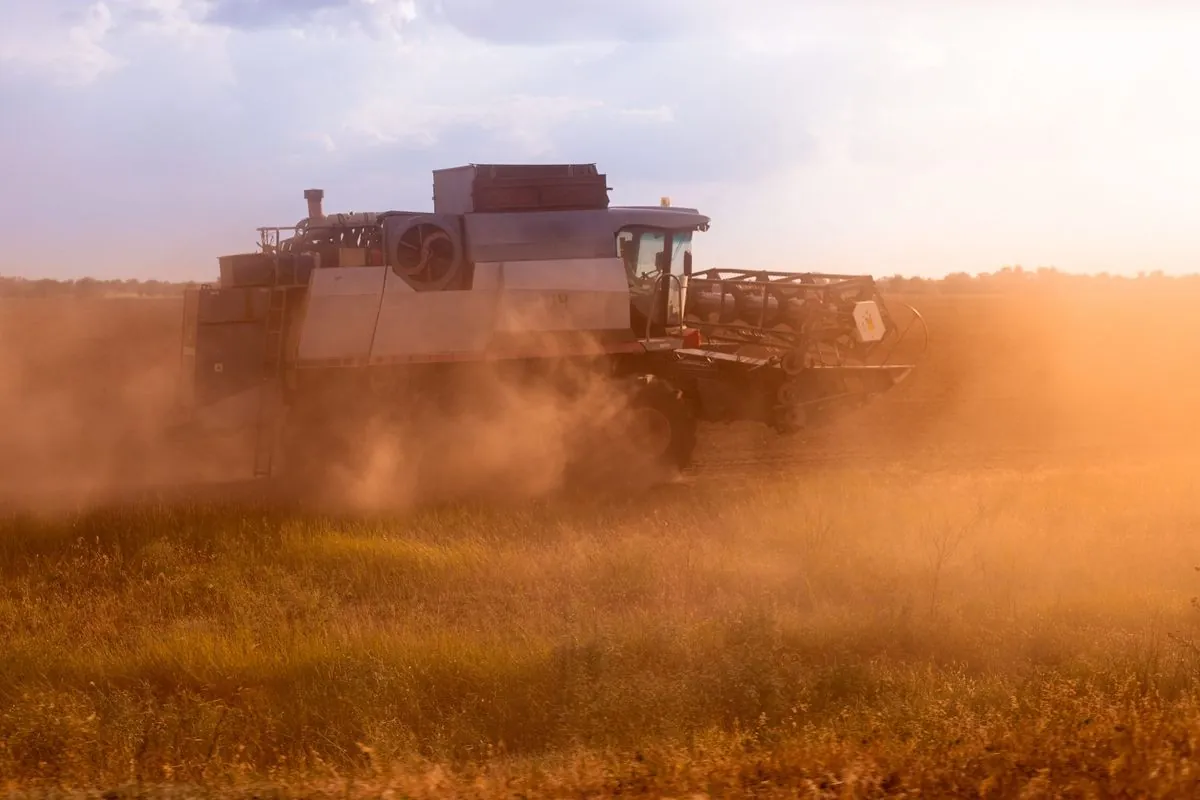Russian Winter Crop Sowing Faces Severe Drought, Threatening 2025 Harvest
Severe drought in Russia threatens winter crop sowing, potentially impacting the 2025 harvest. Analysts warn of record-low wheat sowing rates, raising concerns about global wheat supply from the world's top exporter.

Russia's agricultural sector, which contributes about 4% to the country's GDP, is facing a significant challenge as severe drought conditions threaten winter crop sowing. This situation is expected to have a substantial impact on the 2025 grain harvest in the world's largest wheat exporter.
Analysts have reported that wheat sowing rates in Russia have plummeted to their lowest level in 11 years, casting a shadow over the outlook for the upcoming harvest. This development is particularly concerning given that Russia became the world's largest wheat exporter in 2016 and has since played a crucial role in global wheat supply.
The situation is especially critical in key grain-producing regions such as Volgograd and Saratov, which are part of the Volga Federal District, one of Russia's primary agricultural areas. These regions, along with others in the Volga area, are experiencing unprecedented difficulties in sowing winter crops.
Kirill Yershov, head of Aeon Agro, which manages over 240,000 hectares in the Penza and Saratov regions, expressed his concerns about the upcoming wheat harvest:
"I can say that the situation is very critical, everything is in dry soil. We planted even less than last year. I know that many have planted less."
The challenges facing Russian agriculture extend beyond the current drought. Throughout 2024, weather extremes ranging from early spring frost to heavy rains have affected the country's main agricultural areas. This has dampened the sector's recent success story, which had been flourishing despite Western sanctions.
It's worth noting that Russia possesses 10% of the world's arable land, with over 120 million hectares dedicated to agriculture. The country's vast landmass and diverse climate zones have historically allowed it to maintain a strong agricultural sector, employing about 6% of the total workforce.
However, the current situation highlights the vulnerability of agriculture to climate change, which is expected to have significant impacts on Russian farming in the coming years. This is particularly crucial for winter wheat, which accounts for approximately 70% of Russia's total wheat production.
The recent harvest trends in Russia illustrate the challenges faced by the sector. After a record grain harvest of 158 million metric tons in 2022, production declined to 148 million tons in 2023. The official forecast for 2024 stands at 132 million tons, reflecting the ongoing difficulties.
In response to these challenges, Russia has been investing in agricultural technology and innovation, working to improve seed production capabilities and expand grain storage capacity. These efforts are part of a broader strategy to support domestic agricultural production and maintain the country's position as a major global food exporter.
Despite the current setbacks, it's important to note that the Russian agricultural sector has shown resilience in the face of international sanctions. The country's agricultural exports have grown significantly since the early 2000s and remain a crucial source of foreign currency earnings.

As the situation continues to evolve, global markets will be closely monitoring Russia's winter crop sowing progress and its potential impact on future wheat supplies. The outcome of this challenging period could have far-reaching implications for global food security and international grain markets.


































